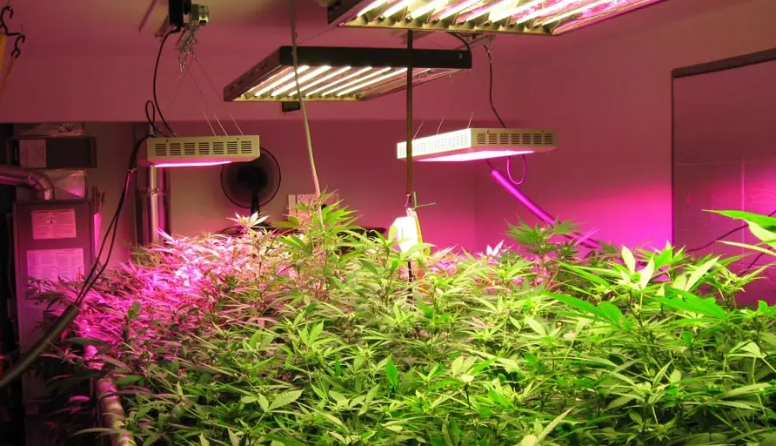First, it has a wide spectral range and low bioluminescence efficiency. The spectrum ratio of green light, infrared and far infrared light in fluorescent lamps is relatively large, and plants cannot use them, resulting in a waste of electric energy and a decrease in the utilization rate of electric energy:
Second, the calorific value is large, and a considerable amount of energy is transferred to the plant in the form of thermal effect. In the environment, the ambient temperature will increase, which will increase the power consumption of the air conditioner in the cultivation room;

Third, due to the high temperature of the light-emitting surface of the light source, it is difficult to irradiate plants at close range, which reduces the space utilization rate of plant tissue culture, and the heat dissipation of lamps causes condensation, which will also have a negative impact on the growth of tissue culture seedlings. Usually, the tissue culture plants live in small tissue culture containers during the proliferation and rooting stages, and the light needs to pass through the sealing film or the container wall to irradiate the tissue culture plants. This process reduces the light intensity received by the plants and changes the The light quality affects the growth and development of plants. The above shortcomings of fluorescent lamps have resulted in the current situation of high energy consumption in the tissue culture seedling breeding industry. Under normal conditions, the energy consumption cost of conventional plant tissue culture accounts for 40%-50% of its operating costs, and energy consumption has become a prominent issue in plant tissue culture. question. Therefore, reducing energy consumption and reducing operating costs has become an important direction of research in the field of plant tissue culture. In plant tissue culture, photosynthetic photon flux density (Photosynthetic Photon Flux Den-sy, PPFD), photoperiod and spectral distribution play an important role in plant photosynthesis and morphogenesis. Therefore, using LEDs to provide lighting in plant tissue culture, regulating light quality and PPFD, can not only regulate the growth and development and morphological establishment of tissue culture plants, shorten the culture cycle, improve the quality of tissue culture seedlings, but also greatly reduce energy consumption and cost. . In terms of light environment regulation of tissue culture seedlings, plant species include sweet potato (Yang Yating et al., 2010), potato (Miyashita et al., 1997; Croxdale et al., 1997), colorful calla lily (Jao et al., 2005), cotton (Li et al., 2010) , white crane taro (Nhut et al., 2009), chrysanthemum (Kim et al., 2004) and so on. Founded in 2013, Rhein Lighting Technology Co., Ltd is the high-tech enterprise specialized in the design and production of Led indoor light for residential and commercial application such as Led Panel Light, Led Strip Light and Led Grow Light. For more details about the product, please contact us: Tel:86-18823483304 Mail:sales@rheinlighting.com



